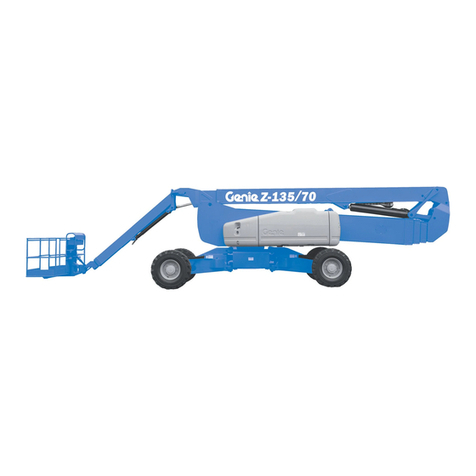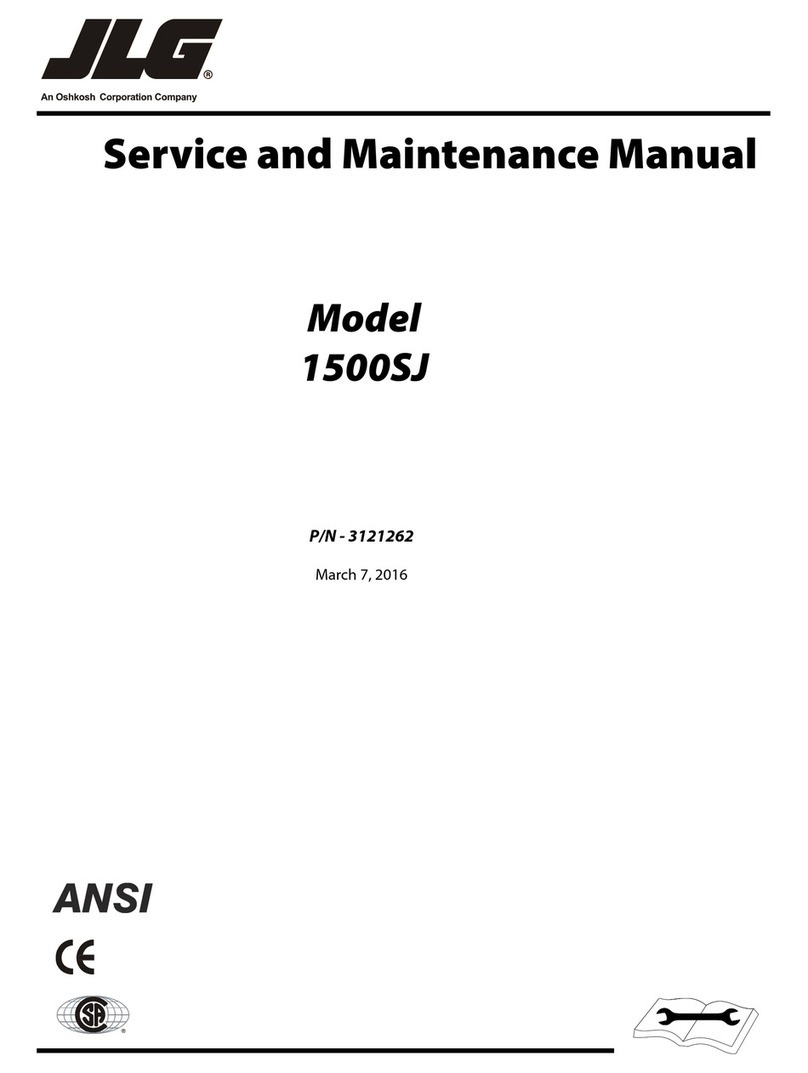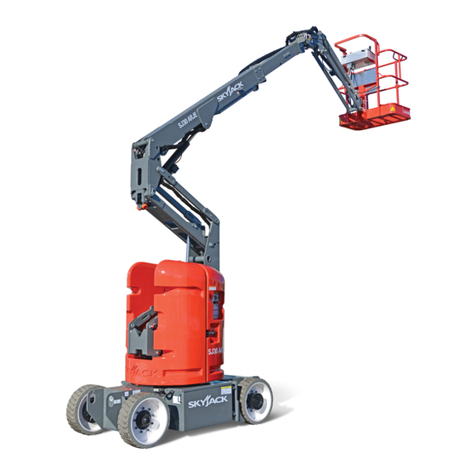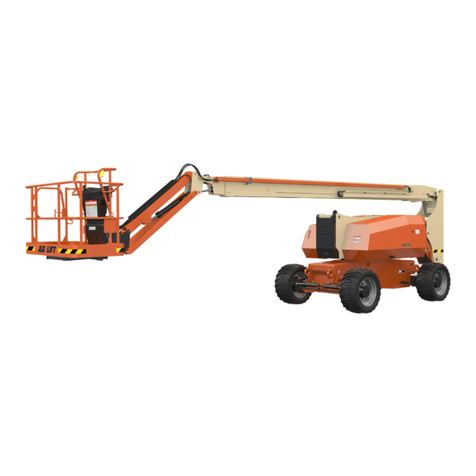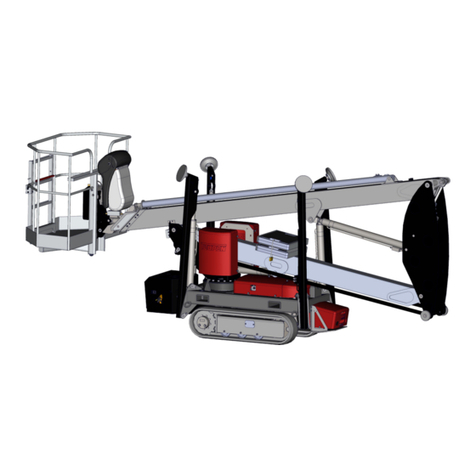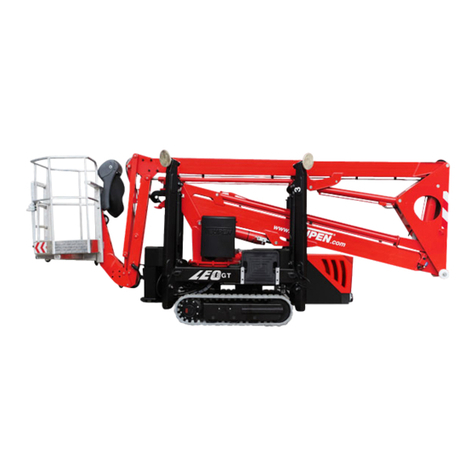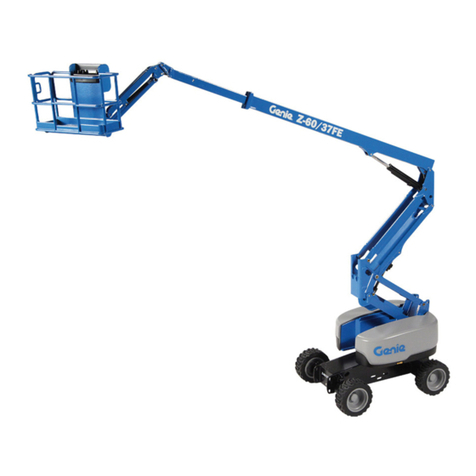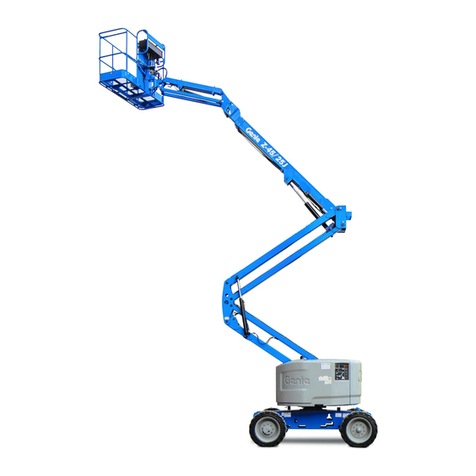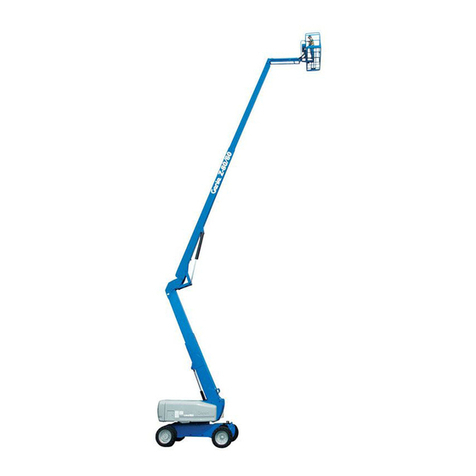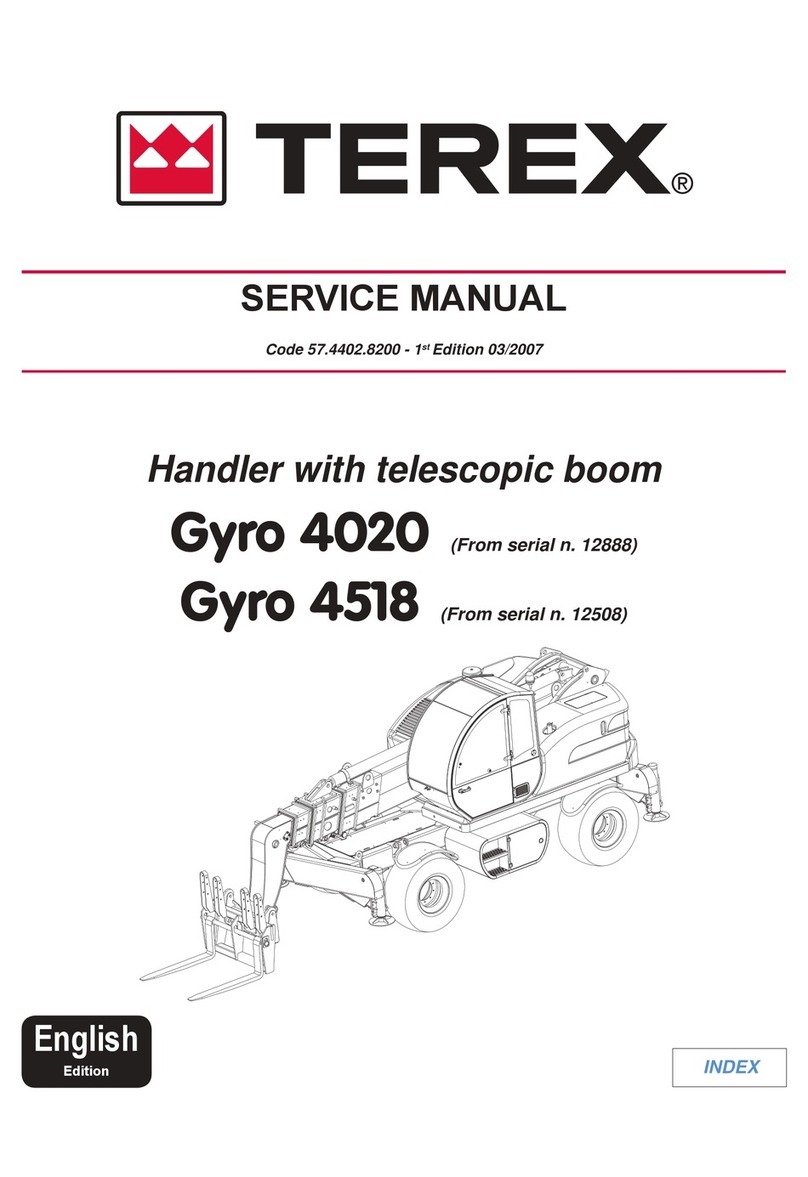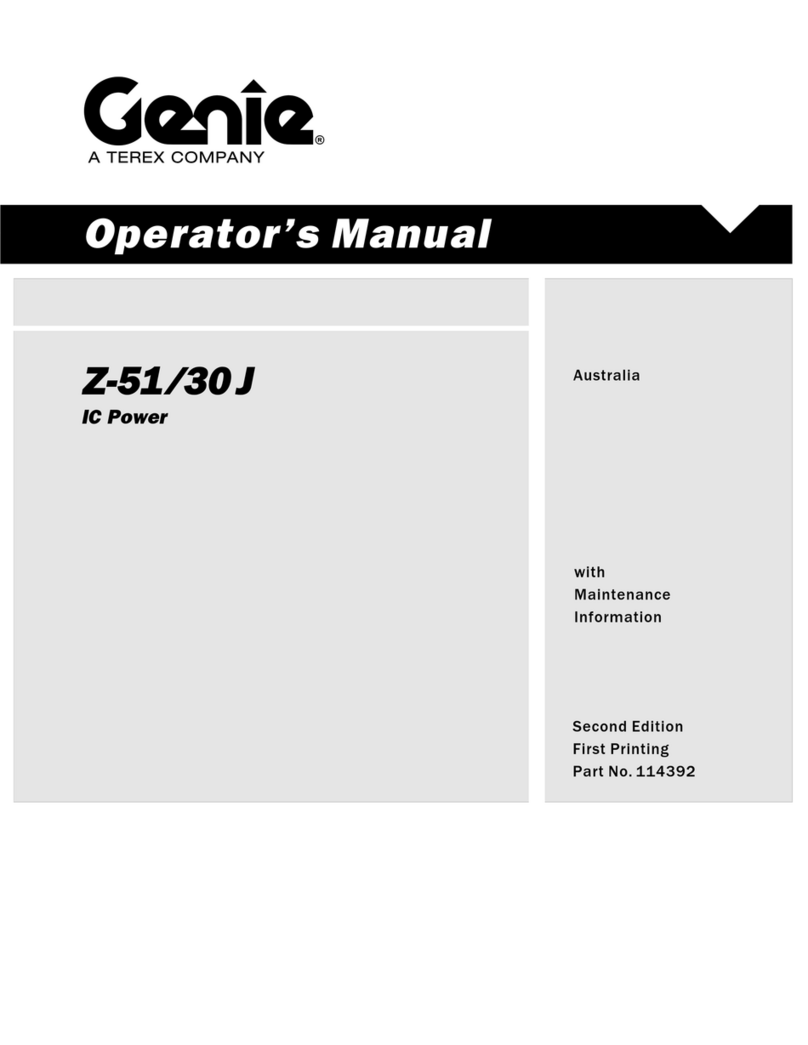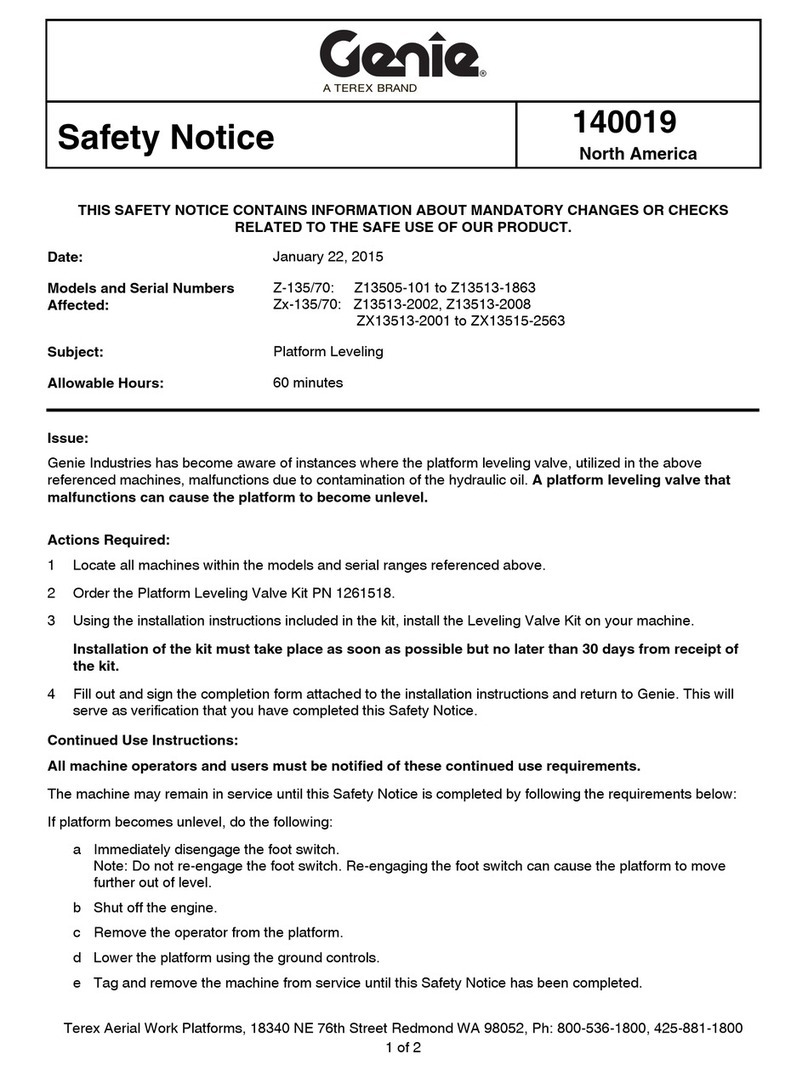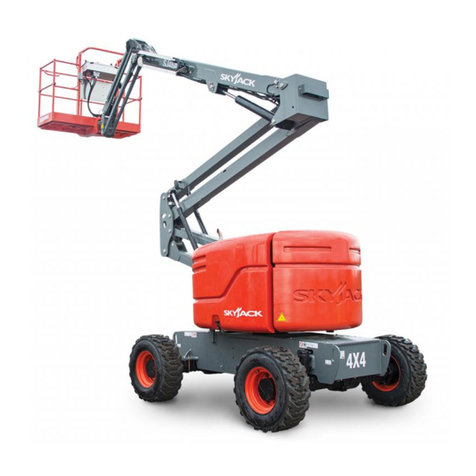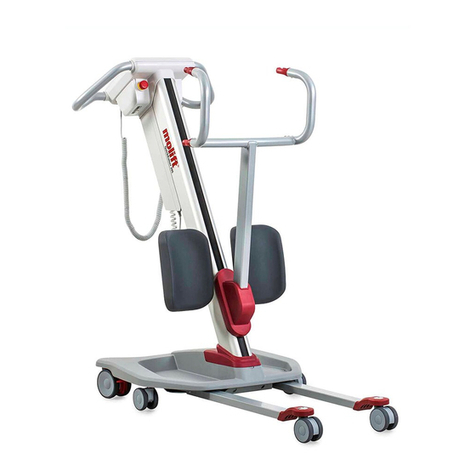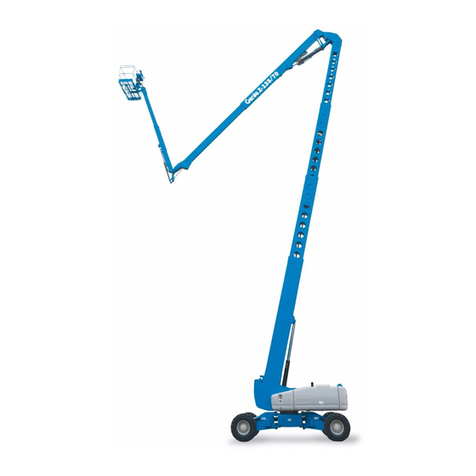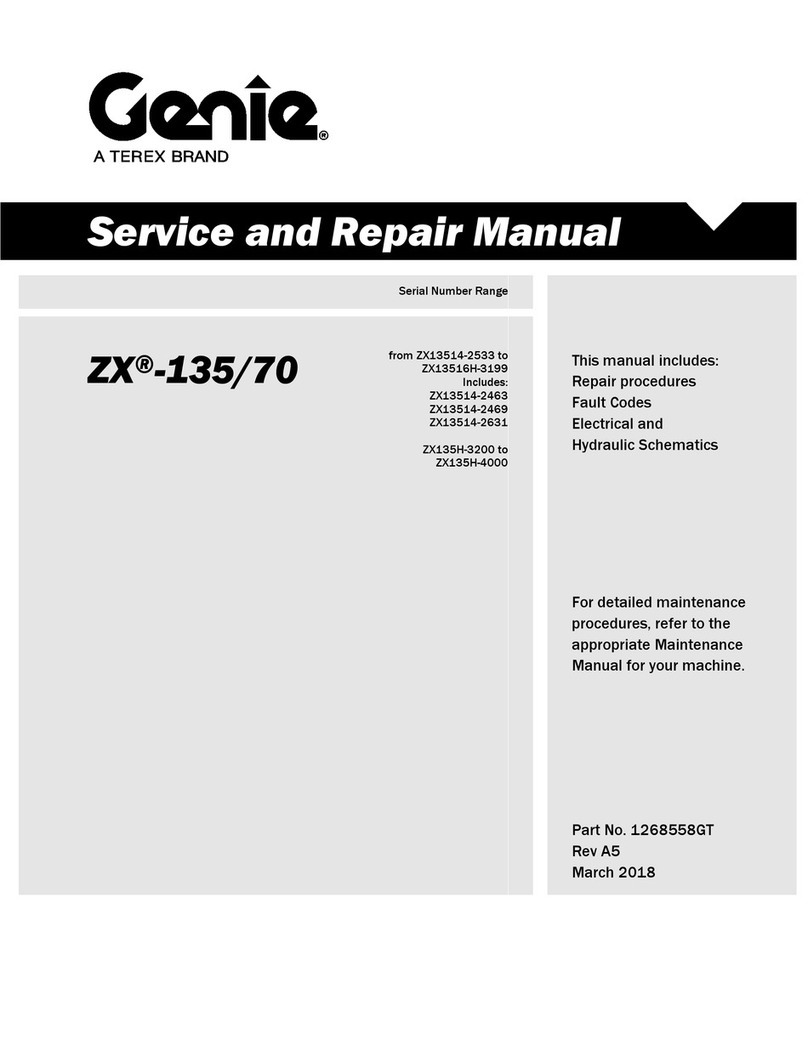
Table of contents
407/05/2018
4.10 Type plate ..................................................................................................................................................43
5 Construction and function................................................................................................................................45
5.1 Overview....................................................................................................................................................46
5.1.1 Brief description ...........................................................................................................................47
5.2 Assembly description.................................................................................................................................48
5.2.1 Crawler chassis............................................................................................................................48
5.2.2 Outriggers .................................................................................................................................... 48
5.2.3 Platform........................................................................................................................................ 49
5.2.4 Working basket ............................................................................................................................49
5.2.5 Movable basket boom.................................................................................................................. 49
5.2.6 Combustion engine ......................................................................................................................50
5.2.7 Electric motor ...............................................................................................................................50
5.3 Operating elements and displays ..............................................................................................................51
5.3.1 Outrigger latching.........................................................................................................................51
5.3.2 Control panel and radio control.................................................................................................... 53
5.3.3 Control panel adjustment (optinal) ...............................................................................................55
5.3.4 Combustion engine controller ......................................................................................................56
5.3.5 Control box control panels ...........................................................................................................57
5.3.6 Emergency control .......................................................................................................................58
5.4 Electrical connections ................................................................................................................................58
5.4.1 Feed ............................................................................................................................................. 58
5.4.2 Power sockets, working basket....................................................................................................59
5.5 Work areas and danger zones...................................................................................................................59
5.6 Accessories ...............................................................................................................................................60
5.6.1 Accessories (optional)..................................................................................................................60
5.6.2 Accessories (included) ................................................................................................................. 62
6 Transportation and storage..............................................................................................................................63
6.1 Safety instructions for transportation .........................................................................................................63
6.2 Inspection on receipt of delivery ................................................................................................................63
6.3 Attachment points ......................................................................................................................................64
6.4 Storage ......................................................................................................................................................66
6.5 Transportation on an auxiliary frame for trucks .........................................................................................67
6.5.1 Loading onto the truck ................................................................................................................. 67
6.5.2 Lashing ........................................................................................................................................ 68
7 Operation............................................................................................................................................................71
7.1 Safety instructions for operation ................................................................................................................71
7.2 Connecting the machine to the mains supply ............................................................................................71
7.3 Switching the machine on/off.....................................................................................................................73
7.3.1 Switching the radio control on/off................................................................................................. 73
7.3.2 Switching the machine on/off via the mains supply ..................................................................... 75
7.3.3 Switching the machine on/off using the combustion engine ........................................................ 75
7.4 Shutting down in case of emergency.........................................................................................................77
7.5 Principles of the graphic display screen ....................................................................................................78
7.5.1 Overview ...................................................................................................................................... 78
7.5.2 Possible assignment of the function keys .................................................................................... 78
7.5.3 Examples of the operating modes ............................................................................................... 79
7.5.4 Main menu ................................................................................................................................... 81
7.5.5 Machine data ............................................................................................................................... 81
7.5.6 Service hotline ............................................................................................................................. 82
7.5.7 Settings ........................................................................................................................................ 82
7.6 Driving the machine ...................................................................................................................................87

